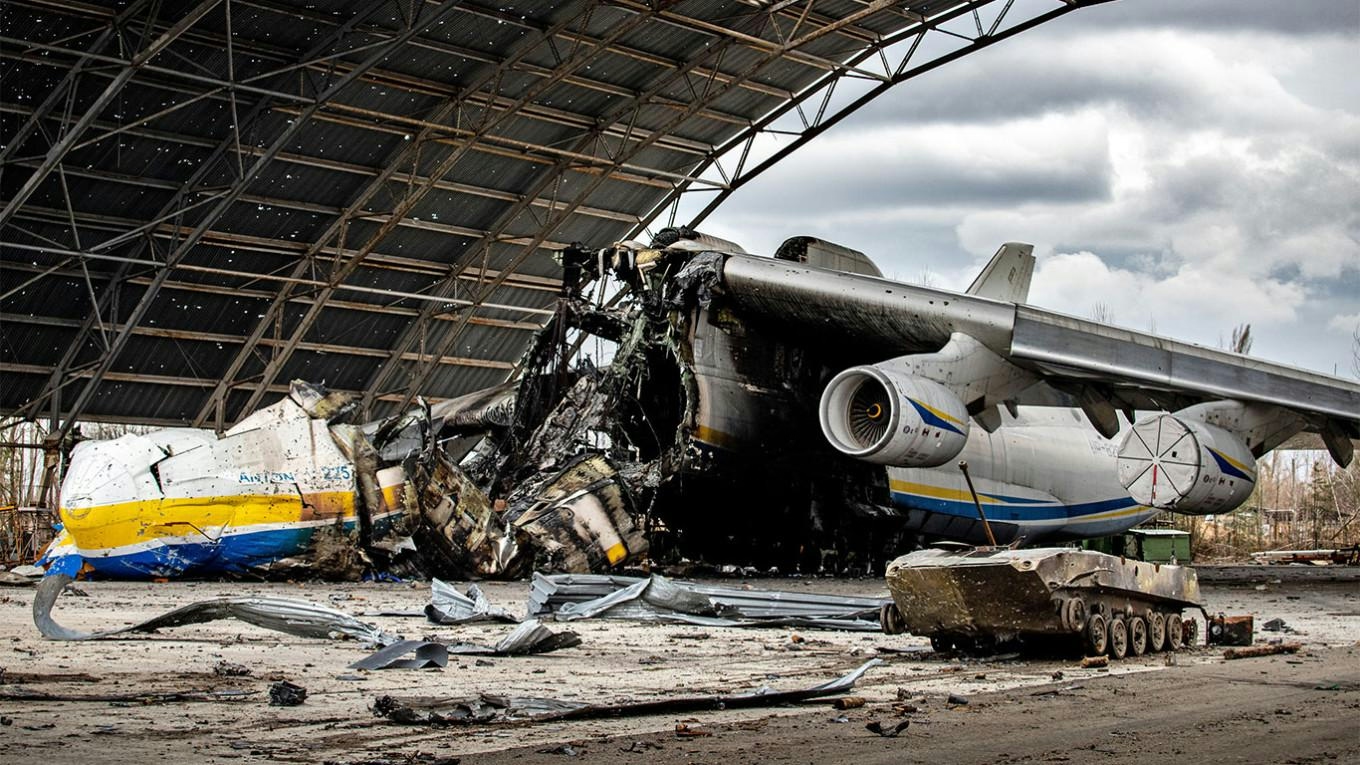
AeroGenie — 您的智能副驾驶。
热门趋势
Categories
Boeing Has Built Over 20 777-9 Jets Ahead of Delivery

Boeing Has Built Over 20 777-9 Jets Ahead of Delivery
Boeing’s 777X program, designed to transform long-haul air travel, continues to progress despite significant delays. The next-generation widebody aircraft, now slated to enter commercial service in 2027—seven years later than initially planned—promises enhanced operational efficiency for airlines and an improved passenger experience. Remarkably, with more than a year remaining before its anticipated debut, Boeing has already produced over 20 units of the 777-9 variant.
Production and Storage of 777-9 Aircraft
According to reports from The Seattle Times, Boeing has completed as many as 26 777X aircraft, with four actively involved in flight testing. The remaining 22 jets are currently stored at Seattle Paine Field International Airport (SEA), Boeing’s primary production and storage facility. Many of these aircraft are lined up nose-to-tail on the runway, with large engine blocks suspended from their wings in place of the engines, which have yet to be installed.
Aircraft in storage undergo rigorous preservation procedures to maintain their condition. These include covering sensors, sealing engines—though this is not yet applicable to the engine-less 777-9s—conducting periodic system checks, and rotating tires. Maintenance teams also monitor humidity levels and periodically power up systems to prevent corrosion and ensure the aircraft remain ready for eventual delivery.
Certification Challenges and Financial Implications
The decision to build a substantial number of 777X jets prior to certification is largely influenced by regulatory and financial factors. Boeing requires multiple production-standard aircraft to support the comprehensive certification process, which encompasses flight testing, Extended-range Twin-engine Operational Performance Standards (ETOPS) trials, and assessments of functionality and reliability. Modern certification protocols mandate that regulators evaluate not only prototypes but also actual production models to verify consistency between test aircraft and those intended for airline service.
However, the certification process has encountered persistent obstacles. Delays in obtaining Type Inspection Authorization from the Federal Aviation Administration (FAA) have postponed the 777-9’s entry into service until 2027. These setbacks have imposed considerable financial strain on Boeing, contributing to a reported $5.3 billion loss in the third quarter and eliciting sharp criticism from key customers.
Market Pressure and Competitive Dynamics
Emirates, the largest customer for the 777X with a $38 billion order, has publicly exerted pressure on Boeing to fulfill its commitments. The airline’s president has stated that they are “holding Boeing’s feet to the fire” over the repeated delays. While competitors such as Airbus have yet to make direct moves in response, Boeing’s ongoing challenges and financial losses may create opportunities for rivals to capture a larger share of the widebody aircraft market.
Outlook for the 777X Program
Despite the difficulties faced, the 777X remains a highly anticipated aircraft, with several major airlines—including Emirates—awaiting delivery. As Boeing continues to address certification hurdles and manage customer expectations, the growing fleet of completed but undelivered 777-9s at Paine Field underscores both the company’s ambitions and the complexities inherent in modern aircraft development.
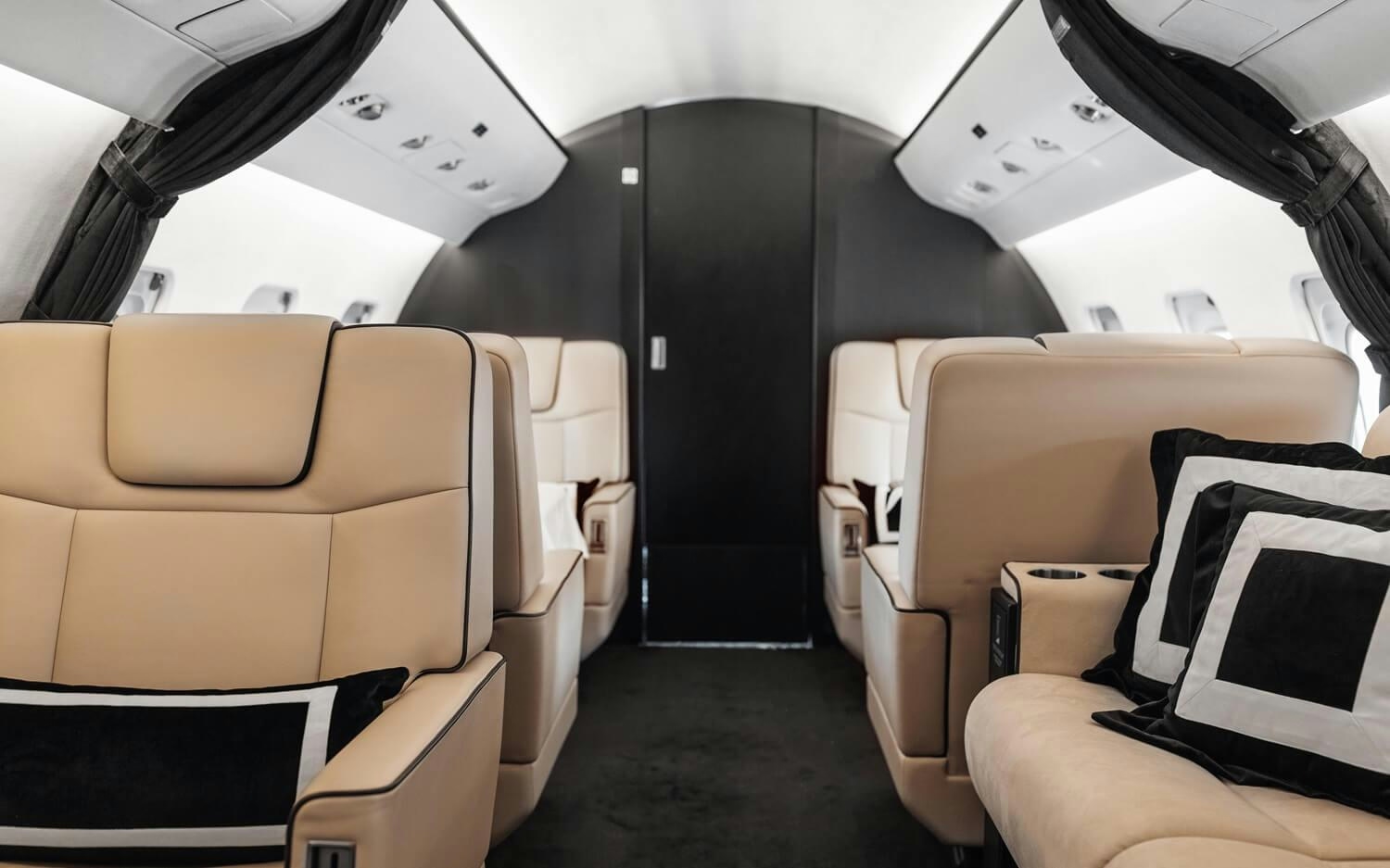
The Continued Importance of Charter Flight Cost and Time Estimators for Business Aviation
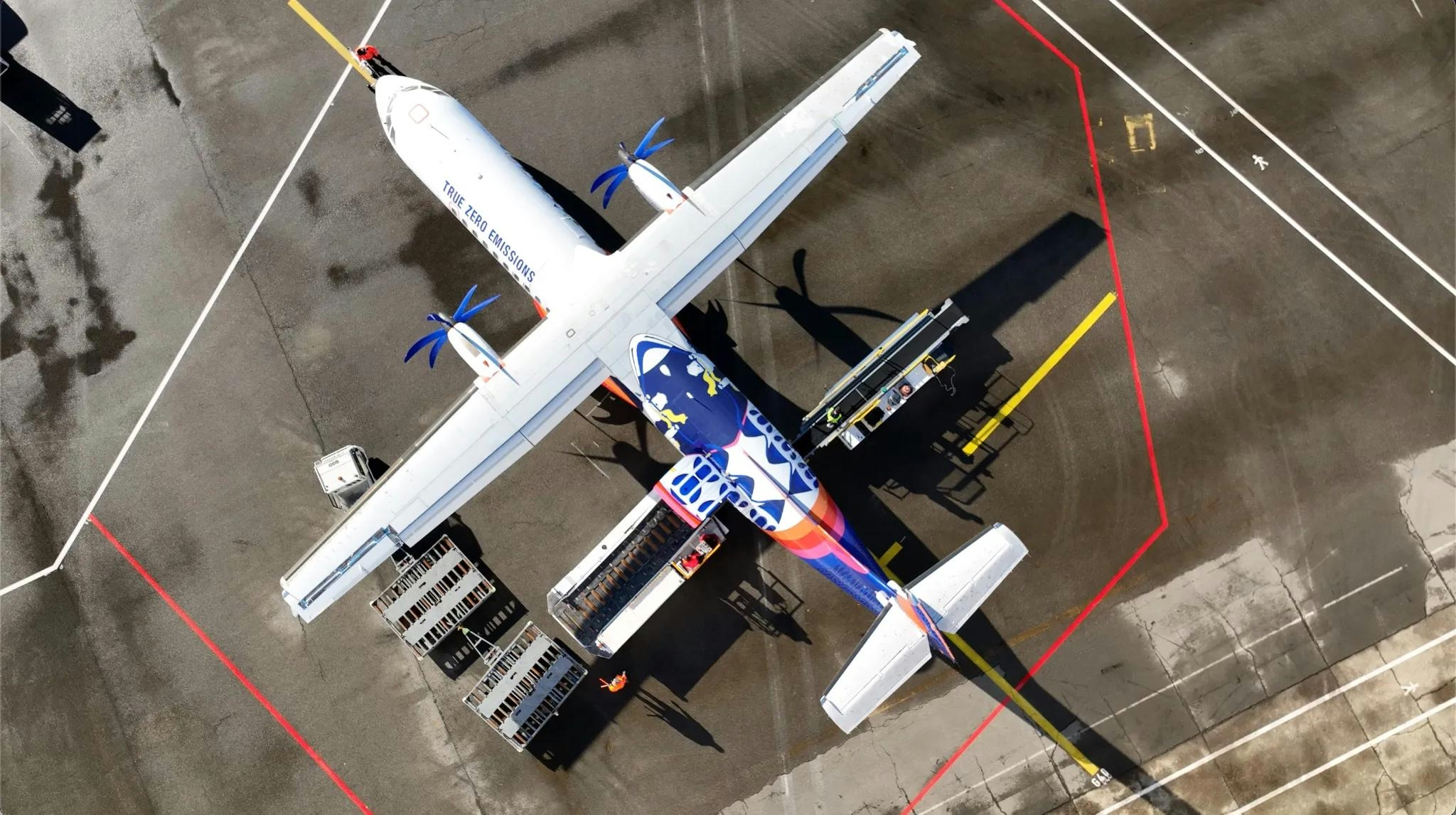
Pivot Airlines to Acquire First DHC-8-Q300 Aircraft

Global Aviation Market Projected to Reach $524 Billion by 2030

Boeing Subsidiary Unveils Pilotless Air Taxi
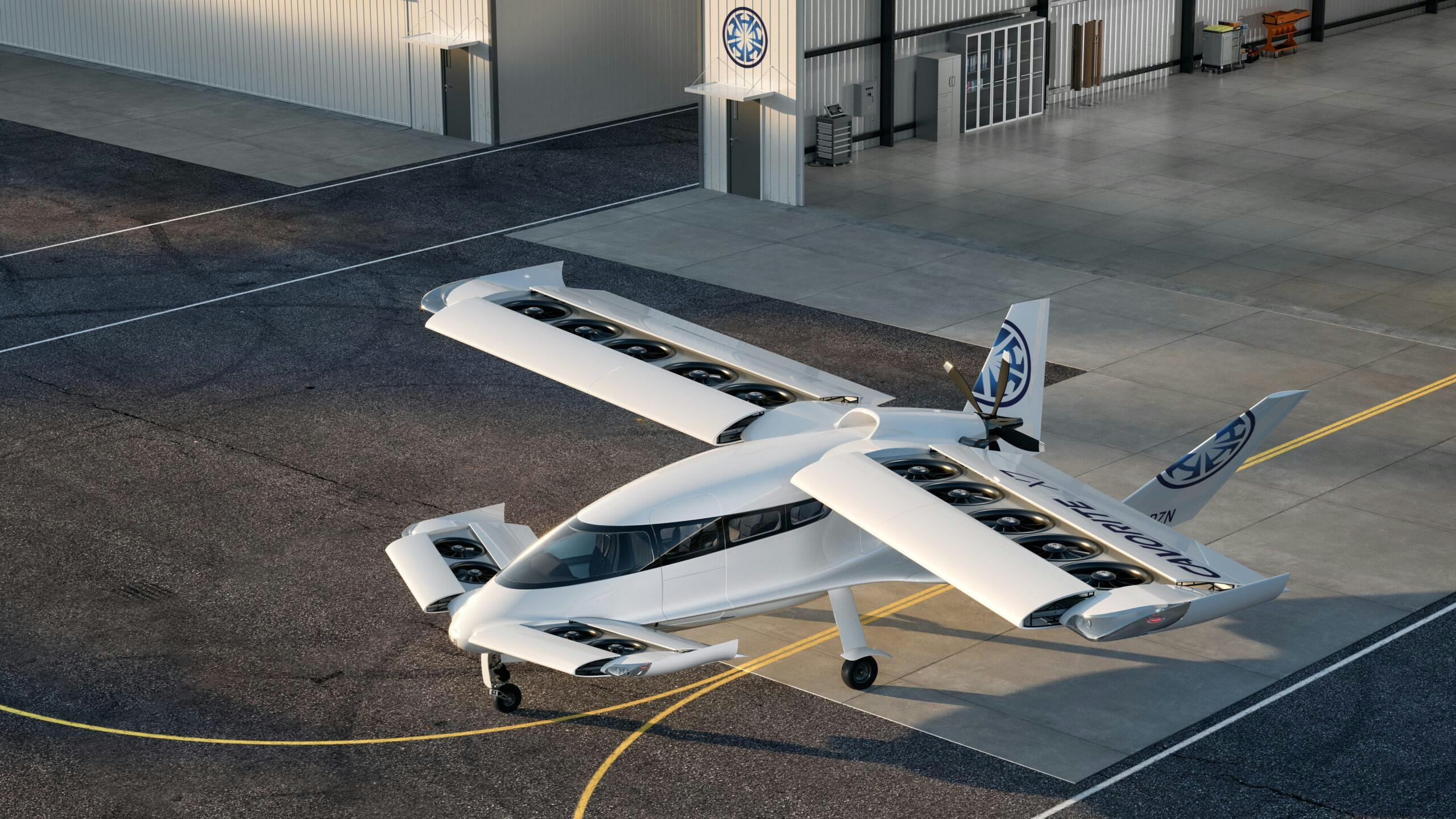
Horizon Progresses Cavorite X7 Toward IFR-Certified Flight

Comparing the Costs of the Boeing 747 and 787

UAE to Begin Drone Deliveries for Noon Minutes Orders
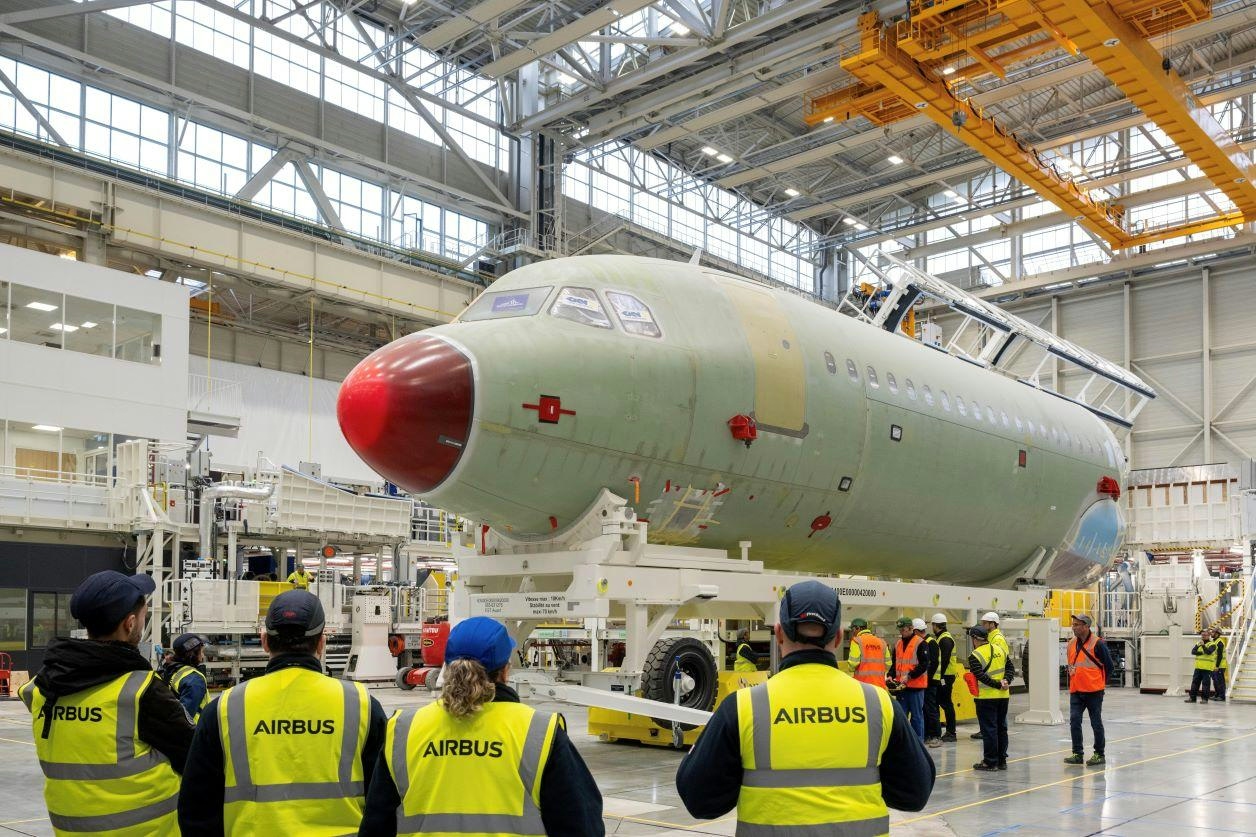
Airbus Project Strengthens Software Investment in Portugal
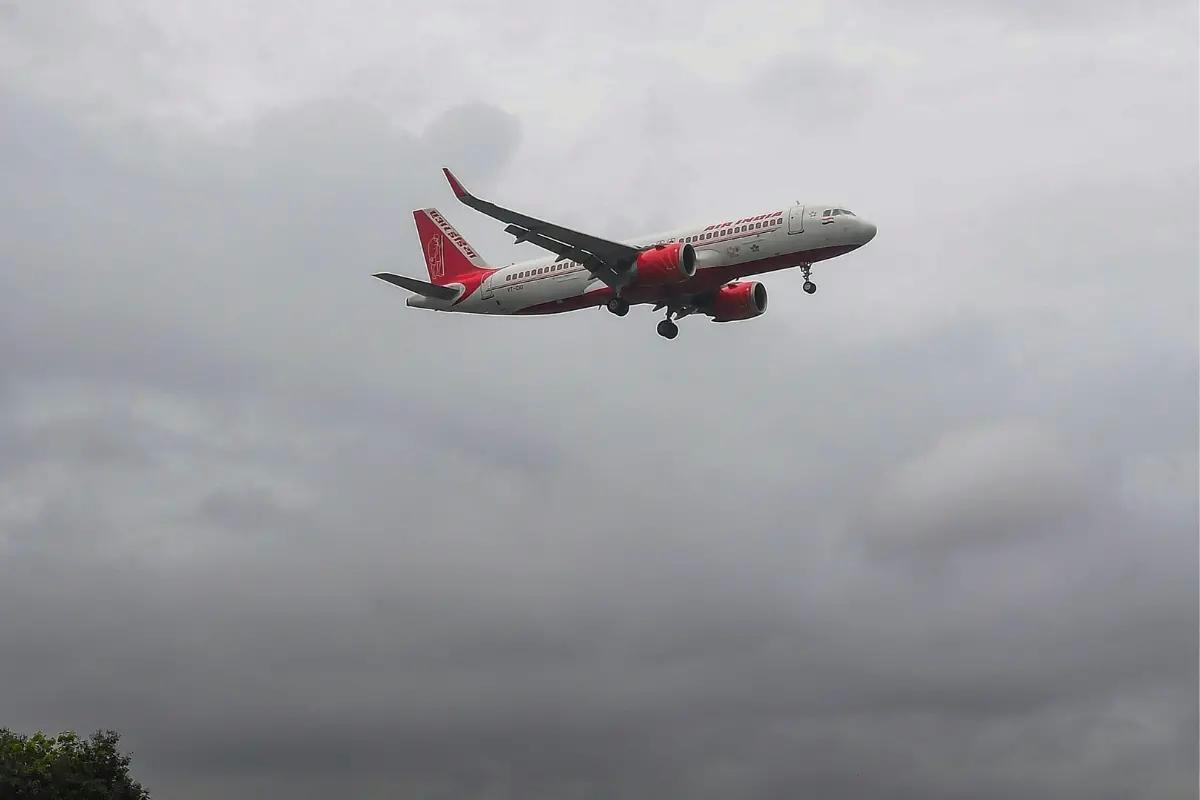
Air India CEO Predicts Visible Changes in 2026
